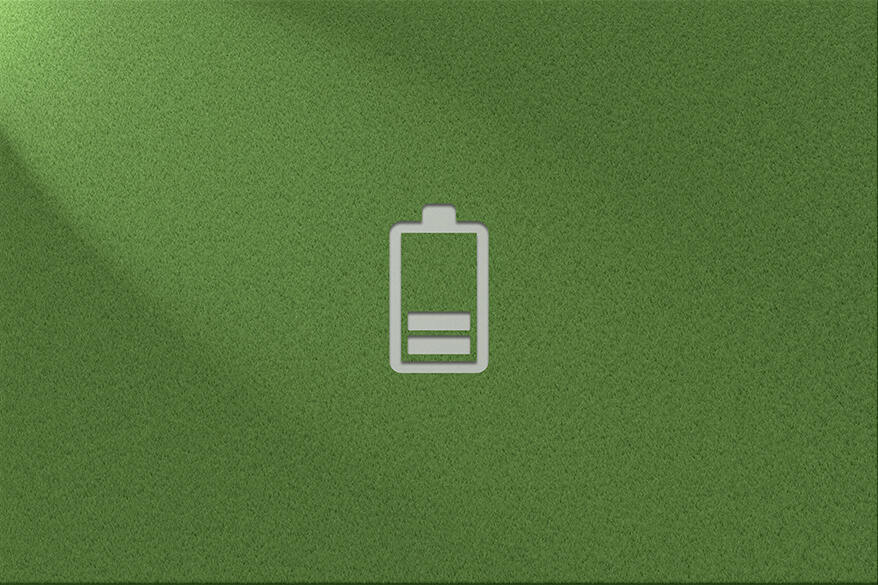18650 Battery Operating Temperature-Effect Analysis
Feb 24, 2020 Pageview:8390
In our world today, the use of batteries has become very common. One of the reasons for this is because it has become the main source of energy after electricity. We do not only rely on batteries to power our kid’s small toys, but also use them for the large and heavy types of machinery, cars, medical equipment, and many more applications.
Currently, there are various types of batteries used in the world of batteries today, but the lithium-ion batteries are one of the most used, expensive and most efficient of all the others. A certain temperature is necessary to keep it working in perfect condition, and that is what this post is all about -the effects of temperature on 18650 batteries. The life and productivity of 18650 batteries and all lithium-ion batteries depend on their charge rate. And the temperature is an important factor in the charging and discharging of the battery. So, it becomes even more important to discuss temperature.
What is the safe operating temperature for an 18650 battery?
To a large extent, a 18650-lithium battery’s efficiency depends on its charging and discharge rate. The life and work rate consequently depend on the temperature under which it is operated. It is not every battery that is designed to work in and withstand the worst weather conditions. Some even stop working at mild temperatures and some others, at low temperatures.
There are several temperature ranges for the different types of lithium-ion batteries as it has been configured according to their chemistry and capacity. To put in perspective, the temperature requirements in winter are different from what is expected in the summer. So, in caring for your batteries, it is important to pay close attention to the guidelines put in place for lithium-ion batteries.
It is difficult to state categorically which temperature is the best to operate your 18650 battery. This is because the battery produces heat itself, and the heat of the environment it is in must also be factored in. The heat that lithium-ion and 18650 batteries give off is generated as a result of the activities of the cell ions. These cells generate the heat, which in turn heats the battery. Then this heat affects the operation of the battery. Consequently, the charging time of these batteries is different in different weather conditions.
Li-ion batteries require a moderate temperature to charge and function properly as they may or may not operate properly at high temperatures. The older battery technologies, like the NiCd and lead-acid batteries, may not mind, because they have a higher charge tolerance capacity compared to the new ones. So, to be more specific, let's see the safe temperatures within which you should operate your 18650 batteries.
First off, the weather condition of the environment should be put into consideration. Anything higher than 45 degrees Celsius for your battery is not good. It is no secret that warm weather is not good for your lithium-ion batteries. If for reasons beyond you, the battery rises to 50 degrees, do all you can to maintain and reduce the temperature. In most cases, 45 degrees is the maximum experts believe t18650 batteries should operate under.
The battery will also produce its heat as soon as it begins to charge -this is as a result of the internal cell activities. So, this heat is also going to add to the heat it absorbs from the environment. Therefore, both the internal and external temperatures must be kept moderate for the 18650 battery to operate effectively.
Even as the 18650 battery discharges its heat, it is very important to keep the device it is being used at a suitable temperature, because it will also heat the temperature of the device, which can also cause damage to the equipment. Regardless of the device, it is being used in, be it a cell phone, laptop or whatever the application, endeavor to keep the device in a good environment for proper ventilation.
Does cold temperature affect 18650 batteries?
All batteries provide an optimal performance when they are used at about 20°C or slightly below it. For example, if a battery is operated at about 30°C (or 86°F) instead of lower or moderate room temperature, the battery operation time is reduced by about 20%. If the battery is operated at 40°C (which is around 104°F), the loss of operation time increases to around 40% and when the battery is charged and or discharged at 45°C (or 113°F), you should expect your battery cycle life to be around half of what it should be if charged at 20°C (68°F).
It doesn’t matter the kind of battery; the performance drops considerably at low temperatures. However, the high internal resistance causes some warming effect due to the loss of efficiency caused by the voltage drop when a load current is applied. Most batteries at –20°C (or –4°F), have an output of approximately 50% its usual capacity. While NiCad can drop as low as –40°C (or –40°F), the recommended discharge is 0.2°C (5-hour rate). There are special lithium-ion batteries that can operate at a temperature of -40°C, but they do so with a reduced discharge rate. Don’t even bother, because charging at such a temperature is out of the question.
How many times can an 18650 battery be recharged?
There are various types of batteries, but lithium-ion batteries last longer than most others. The 18650 cells have been designed to last for up to 300 to 500 charge cycles. This means that you can charge your cell up to 4.2 volts and then discharge it up to 2.5-2.8 volts, for a maximum of 300 to 500 times, and it will not suffer much loss in performance. But generally, when a 18650 battery reaches the end of its lifecycle, there is rapid and sudden performance loss.
However, the battery life can be extended even far beyond that if you charge it regularly before it is completely discharged. All batteries deteriorate over time, but depending on how you use them, an 18650 can often last a year or two.
Anything that can stress your battery and negatively affects the chemistry, will reduce its lifespan. This includes; over and undercharging your battery, charging in an extremely low or freezing temperature, and even discharging the battery at an unrated amperage.
- Prev Article: Li Ion Battery mAh Rating-Meaning and Rating
- Next Article: Lithium Ion Battery Primary or Secondary Introduction and Replacement
Leave Message
Hottest Categories
-
Hottest Industry News
-
Latest Industry News












